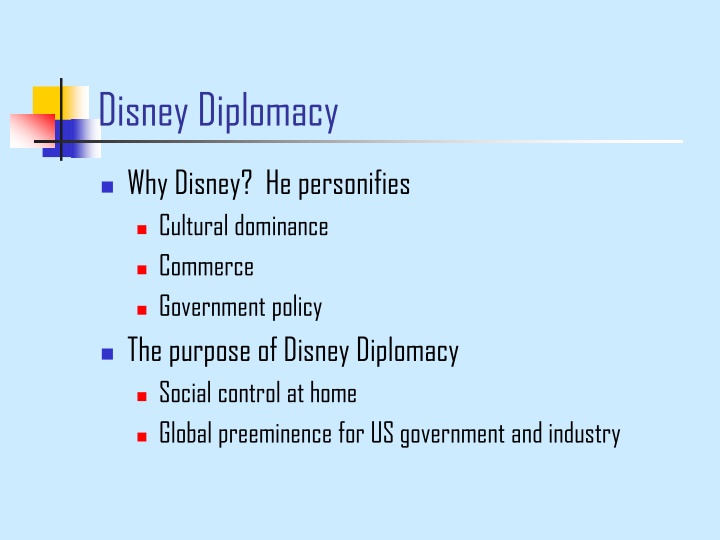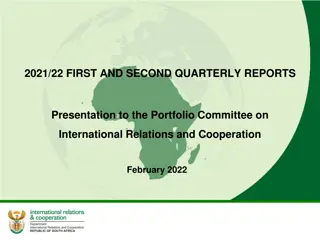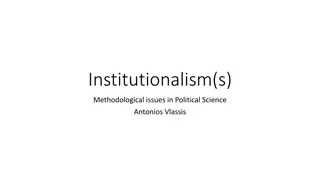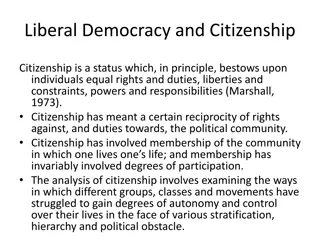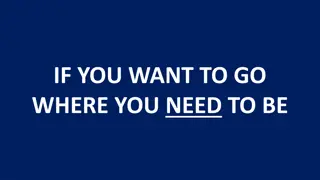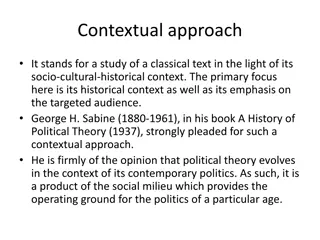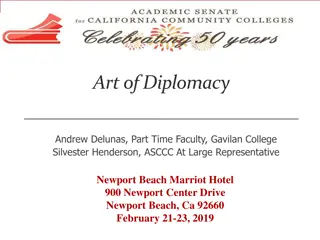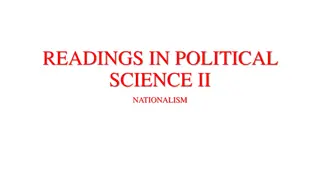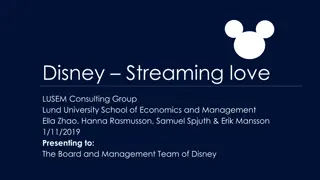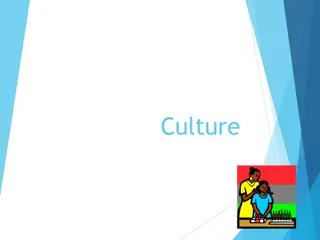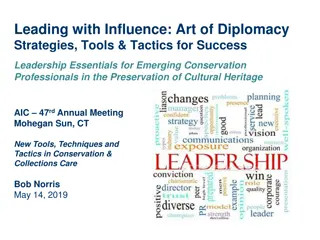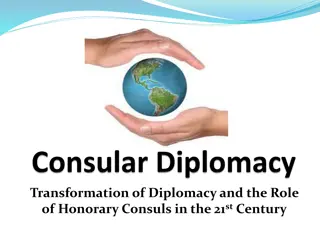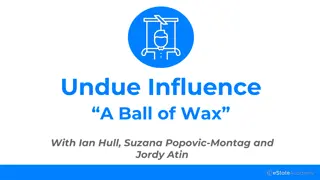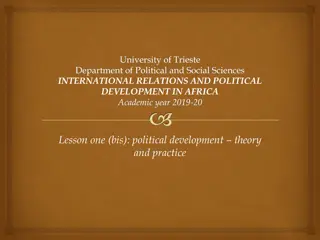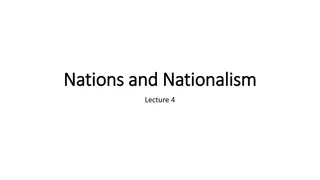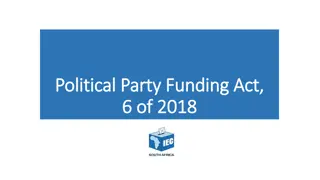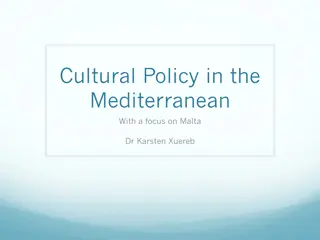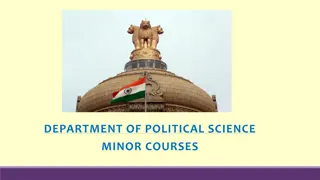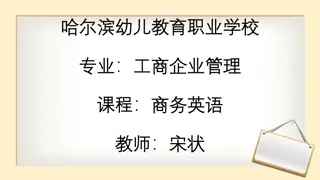Disney Diplomacy: Cultural Influence and Political Objectives
Disney's role in diplomacy, particularly in South America, reveals a complex interplay between cultural dominance, commercial interests, and government policies. The Good Neighbors Office aimed to counter German propaganda through positive American portrayal, but overlooked cultural differences and political independence. The government's assumption of Disney as a benign representative highlights the clash between understanding foreign cultures and selling cartoons to American audiences.
Download Presentation

Please find below an Image/Link to download the presentation.
The content on the website is provided AS IS for your information and personal use only. It may not be sold, licensed, or shared on other websites without obtaining consent from the author.If you encounter any issues during the download, it is possible that the publisher has removed the file from their server.
You are allowed to download the files provided on this website for personal or commercial use, subject to the condition that they are used lawfully. All files are the property of their respective owners.
The content on the website is provided AS IS for your information and personal use only. It may not be sold, licensed, or shared on other websites without obtaining consent from the author.
E N D
Presentation Transcript
Disney Diplomacy Why Disney? He personifies Cultural dominance Commerce Government policy The purpose of Disney Diplomacy Social control at home Global preeminence for US government and industry
Good Neighbors Office of Cultural Relations Nelson Rockefeller, Coordinator of Commercial and Cultural Relations Counters German propaganda presence in South America Argentina and Brazil major battlegrounds Disney is instructed to make films positive about American achievements, but avoiding anything which might indeed cause laughter atus, instead of withus.
What did he forget to consider? Cultural differences between the US and the South American countries Differences between countries in South America That South American countries were politically independent They were not synonymous with the European conquerors whose languages they still spoke, and they might reject European culture in favor of their own traditional culture
The government assumed . . . . . . that Walt Disney, a benign, entertaining, and educational presence, could, as a representative of the US, tour a foreign culture, come to understand it in just a short time, film it, and then bring it back home with him, all with the blessing and thanks of the culture he had visited. (Smoodin, p. 141)
OOPS I tried to find a way of fixing it (Goofy Gaucho), but I found all my efforts so hopeless that I told them I didn t see any way at all; such was the conglomeration of errors. --Florencio Molina Campos
Doomed to Fail: Why? Conflict between: understanding the culture and the need to sell these cartoons to American audiences The ideas of multimillionaire businessmen and the revolutionary governments of many South American countries The potential benevolence of a good neighbor and the need to maintain cultural and economic dominance over less developed countries The need to counter Nazi propaganda and the racism inherent in US culture in this period
Meanwhile, back at the ranch The films fail to establish any real dominance in South America Disney still considered a great man by the US government, but conflicts exist: FBI files HUAC cooperation The New Spirit Interest in promoting the FBI, but increasing impatience at their attempts to censor his work
The New Spirit Who found it an excellent use of taxpayers money? Who didn t? Why is this significant? What does it reveal about class and race assumptions in the US at the time? Would the government even consider making a propaganda film directed primarily at the upper classes? If so, would it be a cartoon? What do the contemporary responses to the cartoon reveal about the public, as opposed to the media, response to Walt Disney?
